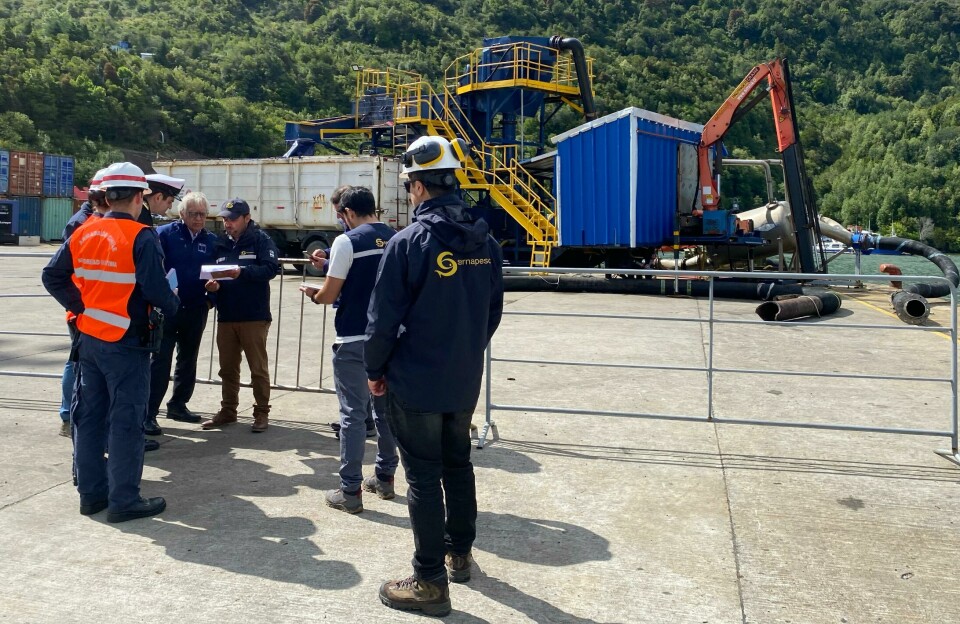
Harmful bloom kills 5,000 tonnes of salmon in Chile
Blumar, AquaChile, Multi X and Mowi sites impacted in Aysén region
Almost 5,000 tonnes of farmed salmon have been killed in the Aysén region of Chile by a bloom of the microalgae Pseudochatonella spp., Fish Farming Expert's Chilean sister site, Salmonexpert.cl, reports.
Five sites in three salmonid concession groups (Agrupación de Concesiones de Salmónidos or ACS) have been affected by the harmful algal bloom (HAB) event, a natural phenomenon. Pseudochatonella spp. lodges in the gills of fish, causing internal damage and causing death by suffocation.
Three sites with mass mortality are operated by Blumar and AquaChile and are in ACS 22B. Two other sites that have been less badly affected are operated by Multi X and Mowi and are in ACS 22C and 23C.
According to state aquaculture agency Sernapesca, the total biomass in the affected sites was 7,992 tonnes, and the volume of dead fish reach 4,994.32 tonnes.
Sernapesca has been carrying out inspections to ensure that dead fish are collected from cages promptly and disposed of correctly.
Early harvesting
Blumar and AquaChile have already removed all the morts from their farms, and two other farms have been harvested early.
“Of the five sites affected by the HAB event, one is still carrying out harvesting manoeuvres to end its production cycle and the remaining four are without fish, ending the early harvest. This is a measure that aims to prevent new mass mortality in the event that concentrations of Pseudochattonella spp. remain above harmful levels or increase,” said Jorge Padilla, regional director of Sernapesca Aysén.
“For our part, we will maintain surveillance in the surrounding farming sites and throughout the region.”
He added that together with other public institutions, Sernapesca has been supervising the landing of morts destined for rendering plants in Aysén and Los Lagos.
Padilla pointed out that Pseudochattonella spp. does not affect other fish or shellfish for human consumption.






















































